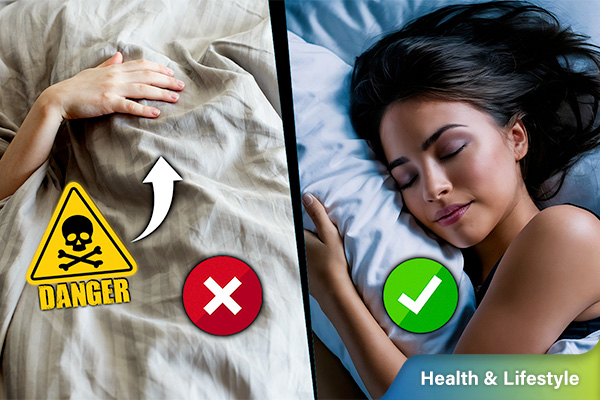What’s That Weird Mark on Some People’s Arms?
Have you ever wondered why some people have a little round-shaped scar on their shoulders? Watch the full video to learn what is the scar and how some people got it.
Have you ever wondered what the scar on some people's arms is and why they have it? Let me explain.
This scar is a Smallpox Vaccination Scar. Smallpox is a highly contagious viral disease caused by the Variola virus. It causes a severe skin rash, back pain, headache, fatigue, and high fever. The 20th century saw major outbreaks of smallpox, and according to the Centers for Disease Control and Prevention, 3 out of 10 people infected with the virus died, while many others were left disfigured.
Fortunately, scientists developed a vaccine for smallpox. Between the late 1960s and early 1980s, the World Health Organization (WHO) launched a global immunization campaign to eradicate the disease.
Most vaccines contain killed or weakened germs and are administered through injections, pills, or nasal sprays. Vaccination is important because when a new virus or bacteria enters our body, our immune system creates antibodies to fight it. Our immune system remembers the virus and which antibodies it used, increasing our chances of survival if we encounter the virus again.
The smallpox vaccine is a bit different. Instead of using the Variola virus, the vaccine uses the Vaccinia virus, which is similar enough to help the body make antibodies to fight smallpox without causing serious illness.
The smallpox vaccine is also administered differently. Instead of a single needle stick, doctors or nurses use a special bifurcated (two-pronged) needle to make multiple punctures in the skin's dermis layer, just below the visible skin. This is called the "puncture method," and patients often complained of sore arms afterward.
After the virus is injected, it multiplies, causing a small, round bump called a papule. The papule develops into a fluid-filled blister called a vesicle. When the blister dries up, it usually leaves a scar. This scar is a result of the body’s natural healing process, where the skin fibers at the injury site are arranged in a single direction, making the area look different from the rest of the skin.
People born between the 1960s and 1980s, and those born in some developing countries during the 1990s, often have the smallpox vaccination scar. This scar was very useful during and after the smallpox outbreak as proof of vaccination.
Many people avoided getting the smallpox vaccine because of the painful puncture method. Therefore, immigration officers at ports, railway stations, and airports inspected travelers' arms for scars to confirm they were vaccinated. Schools, voter booths, courtrooms, and government offices also checked for vaccination scars to verify vaccination claims, as vaccination certificates could be forged, but not the scar.
After smallpox was eradicated, the vaccine stopped being part of routine vaccinations in most countries by the late 1980s and early 1990s. Now, only military personnel and vaccine researchers need the smallpox vaccine. However, WHO and its 194 member countries have stored the smallpox vaccine in case of an unforeseen outbreak or the potential use of the virus as a biological weapon by terrorist groups.







